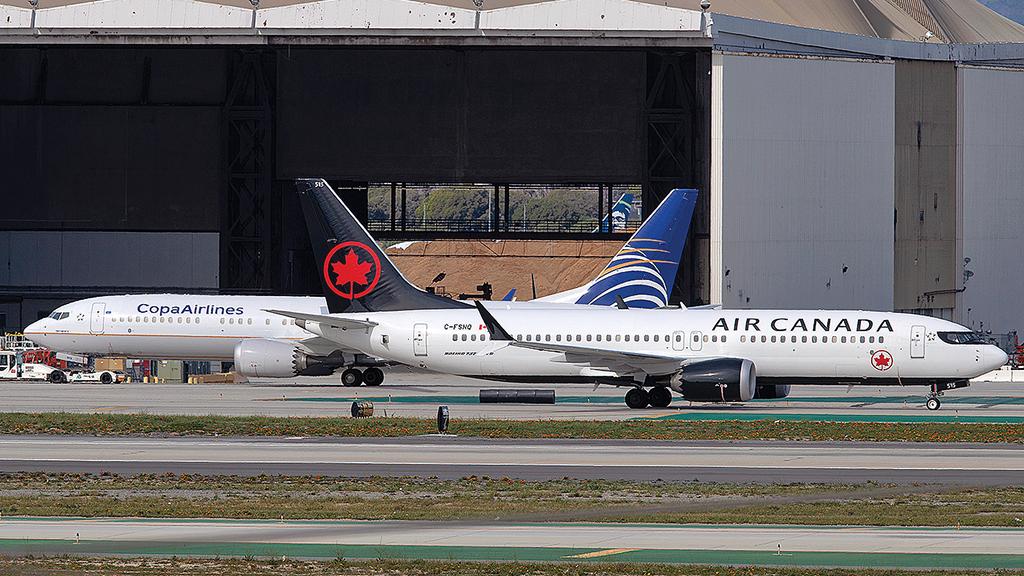
Changes to how the FAA oversees manufacturers and certification projects are underway, and the agency has rolled out a new internal safety reporting program—initiatives linked to lessons learned from two fatal Boeing 737 MAX accidents in 2018 and 2019 that led to a global grounding and several probes elsewhere.
One area receiving significant attention is the Organization Designation Authorization (ODA) program. But despite changes in both protocol and resource allotment, the agency is determined that projects remain flowing through the approval pipeline.
ODA has long been championed by the FAA and industry as a way to leverage limited agency resources by designating certain functions, such as testing, to companies developing products. By setting up and managing ODA teams within companies, the agency can focus more resources on projects that are not tied to an ODA.
Reviews of the 737 MAX certification exposed shortcomings in ODA that the FAA has agreed must change. Legislation passed by Congress in December 2020 codified some of the requirements, including FAA approval of ODA members and ensuring they are immune from pressure within their companies. More changes are coming, but Administrator Steve Dickson is confident that they will not rob ODA of its efficiency. “ODA by design is scalable,” Dickson tells Aviation Week. “It needs to be scalable based on the size and complexity of the projects that an ODA is overseeing. These enhancements to our ODA system are intended to be scalable in nature as well.”
Among the initial changes are setting up FAA approval of ODA members and establishing clear guidelines that allow members to communicate directly with the FAA.
“We are addressing those issues, but those issues should not lead to a backlog,” Dickson says. “We’re adequately resourced to be able to to address those challenges.” Dickson also expressed confidence in the levels of trust and collaboration between global regulators in the aftermath of the 737 MAX grounding. Some regulators, such as the European Union Aviation Safety Agency and Transport Canada, added some different parameters to the return-to-service requirements for their jurisdictions. Others, notably the Civil Aviation Administration of China, have yet to rescind their grounding orders, issued in March 2019.
“Harmonization never has meant and never will mean that everything is exactly the same, because regulatory systems are different,” Dickson says. “We are using similar processes. We are engaged.”
While the FAA led the effort to approve modified 737 MAX software and pilot training, other regulators participated in the process and drove some of the changes. A group of 10 regulators dissected the 737 MAX’s flight control system certification and made a series of recommendations to the FAA—several of which are included in the certification reform legislation.
“I actually think that the last couple of years, the process that we have been through has made us stronger,” Dickson says. “That doesn’t mean that there aren’t going to be professional disagreements from time to time or . . . debates about best practices or the way certain technologies are implemented. Those are very healthy debates for us to have. We need to challenge each other.”
Meanwhile, the agency is stepping up its internal safety reporting processes with a program for Aviation Safety (AVS) office employees. The Voluntary Safety Reporting Program (VSRP) gives the FAA’s 7,400 AVS employees an anonymous way to flag issues that will reviewed by an event reporting team (ERT). The program “uses AVS employee input to identify leading indicators and significant aviation safety issues, operational deficiencies, noncompliance with regulations, and deviations from policies and procedures,” an FAA order explaining the program says.
Reports are not bound by time, meaning problems from the past or ongoing issues are eligible for flagging.
An ERT made up of “an equal number of management and union members” will review reports and determine if corrective actions are warranted, the order says. All reports will be confidential, with names and identifying information redacted.
The new VSRP has been in the works for several years. But the importance of giving front-line experts an additional outlet to voice safety concerns was spotlighted during probes of the 737 MAX accidents. Language folded into a December 2020 U.S. omnibus bill that targets certification reform requires the agency to roll out a VSRP-like program in 2021. Dickson told lawmakers during a May hearing that the new program was rolled out internally in April.
“The importance of the Voluntary Safety Reporting Program cannot be underestimated,” he says.
VSRP mimics several non-punitive industry programs credited for helping reduce fatal accident rates and mitigates risk by collecting data that helps foreshadow operational threats.
“The more we can continue to encourage people to report, the more we can influence the safety in the system,” says National Air Traffic Controllers Association President Paul Rinaldi, whose union represents engineers and other AVS employees.





